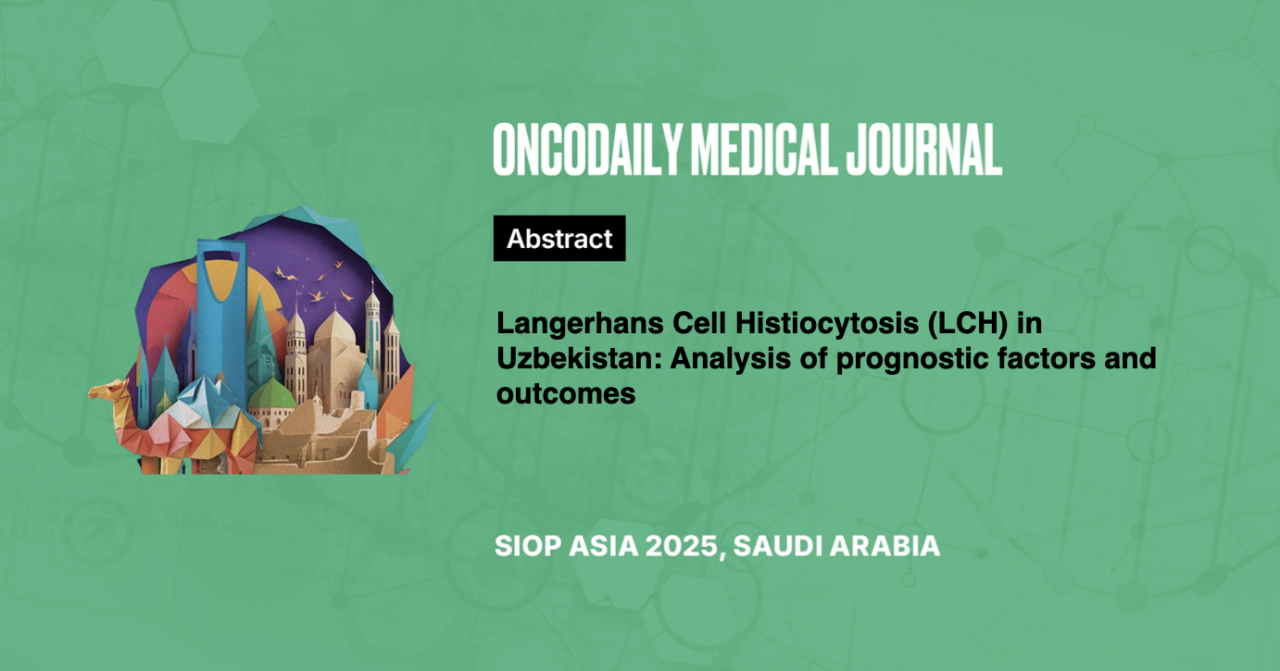Abstract
Introduction: Langerhans cell histiocytosis (LCH) is a rare hematologic malignancy with diverse clinical presentations. Despite extensive research into this condition, improving survival rates remains a significant challenge, and disease reactivation is a frequent complication. In resource-limited countries, difficulties in early diagnosis, limited access to molecular diagnostics, and a lack of local studies further hinder progress. This study aimed to investigate prognostic factors and outcomes in patients with LCH in Uzbekistan.
Methodology: Patients diagnosed with LCH under the age of 18 who were treated between January 2020 and December 2024 were retrospectively reviewed in two central hospitals in Uzbekistan. The Cox’s proportional hazards model was used to identify variables associated with reactivation and mortality, with results presented as hazard ratios (HR) and 95% confidence intervals (CI). Overall survival (OS) and event-free survival (EFS) rates were calculated using the Kaplan-Meier method.
Results: The study included 57 patients with a median age of 3.45 years at diagnosis. Patient characteristics, stratified by single-system (SS) and multisystem (MS) involvement, are presented in a table. Patients with multisystem LCH without risk organ involvement (RO− MS-LCH) and those with risk organ involvement (RO+ MS-LCH) demonstrated higher rates of reactivation or disease progression compared to patients with SS-LCH. No statistically significant differences were observed in 5-year OS rates among SS, RO−, and RO+ MS-LCH patients (92%, 90.1%, and 60.4%, respectively; p = 0.07). Age under one year was an independent risk factor for decreased survival. Early age at diagnosis, hypoalbuminemia, hepatosplenomegaly, and central nervous system involvement were identified as independent risk factors for disease reactivation.
Conclusion: The study highlights the need for early diagnosis and optimized treatment strategies for patients with LCH in Uzbekistan. Overcoming barriers to molecular diagnostics and developing localized treatment protocols could significantly improve outcomes for this patient population.





